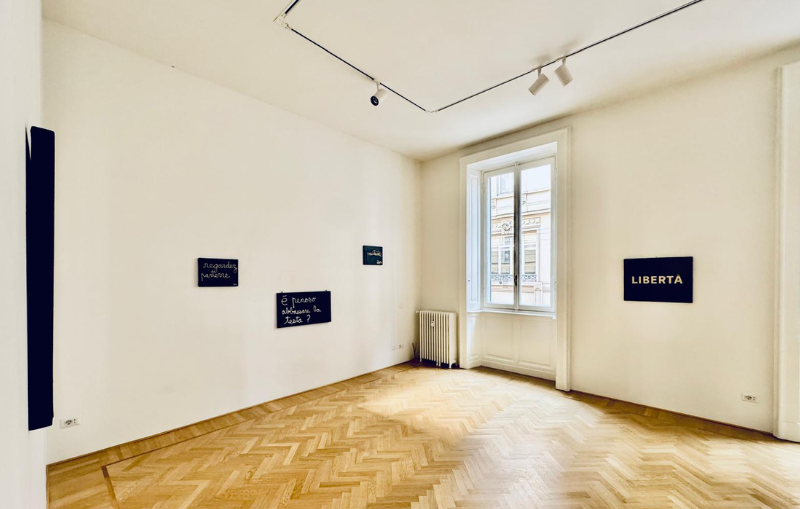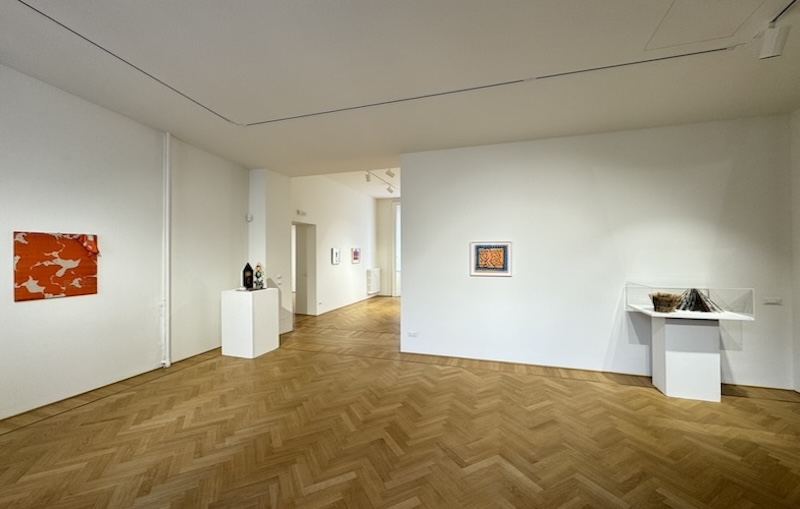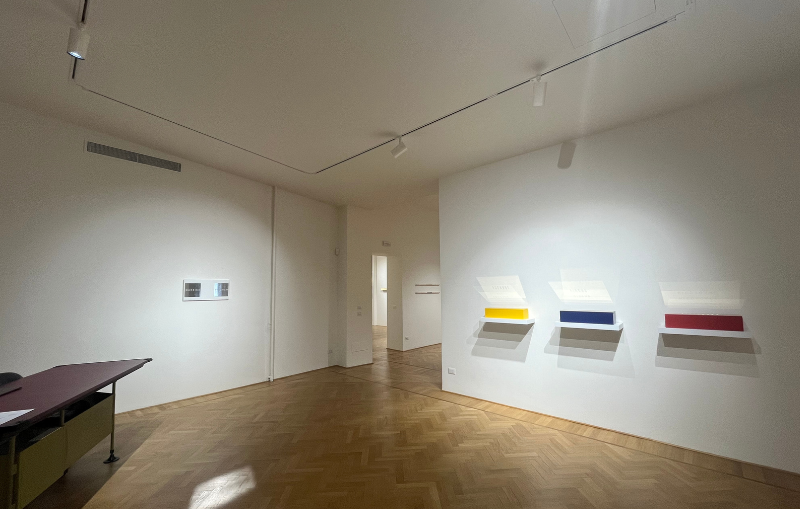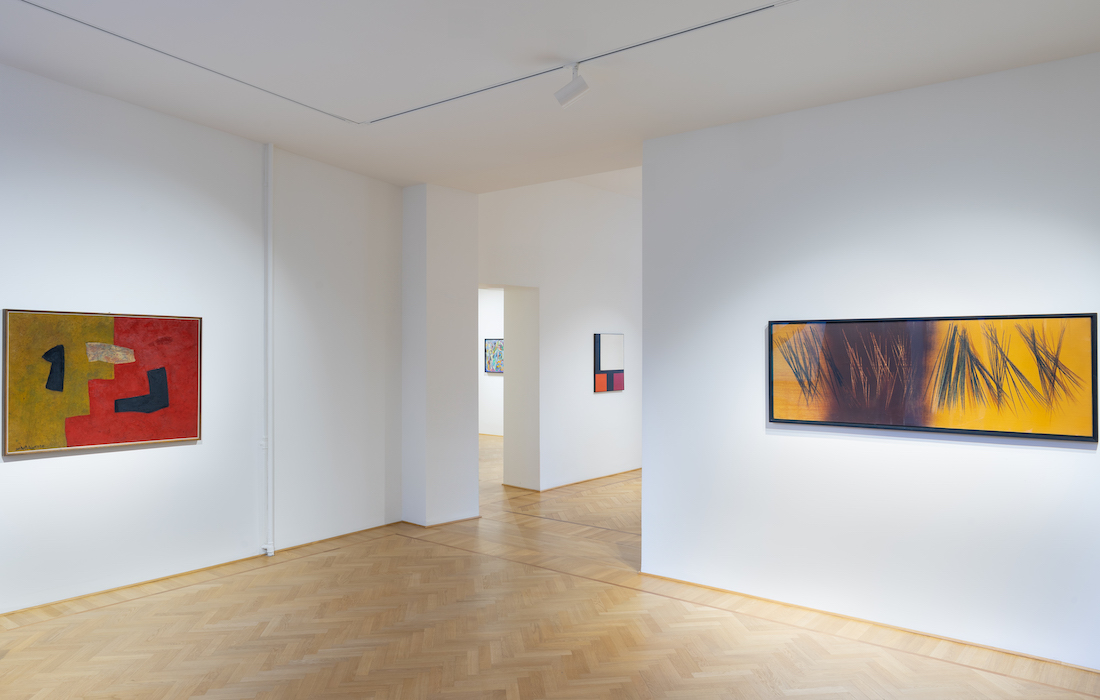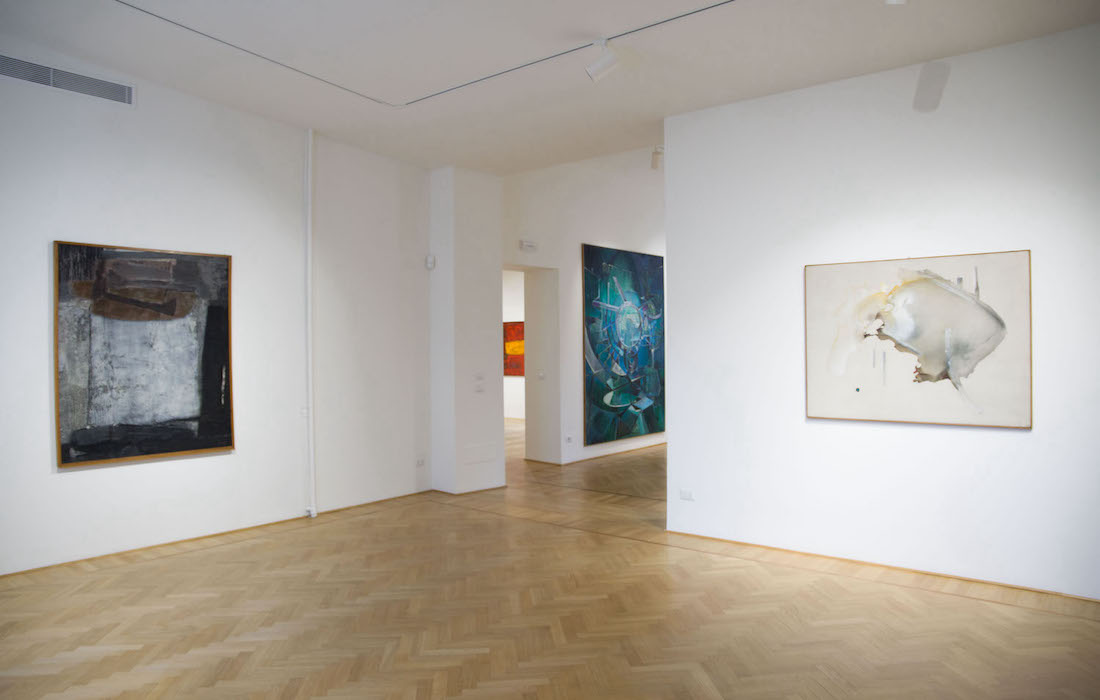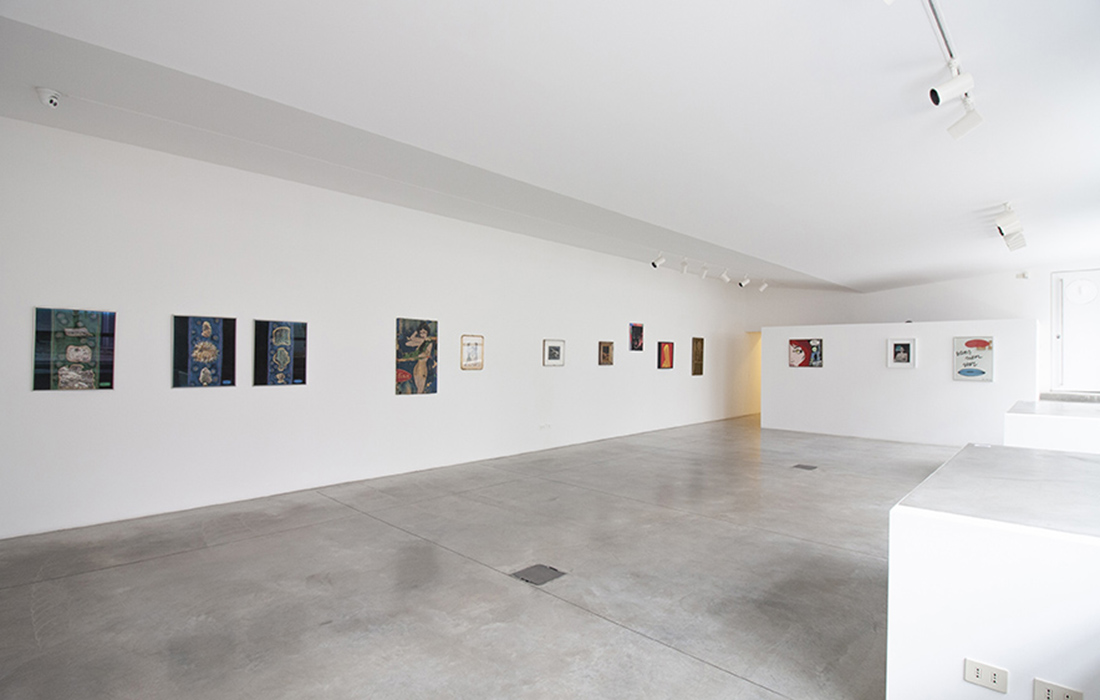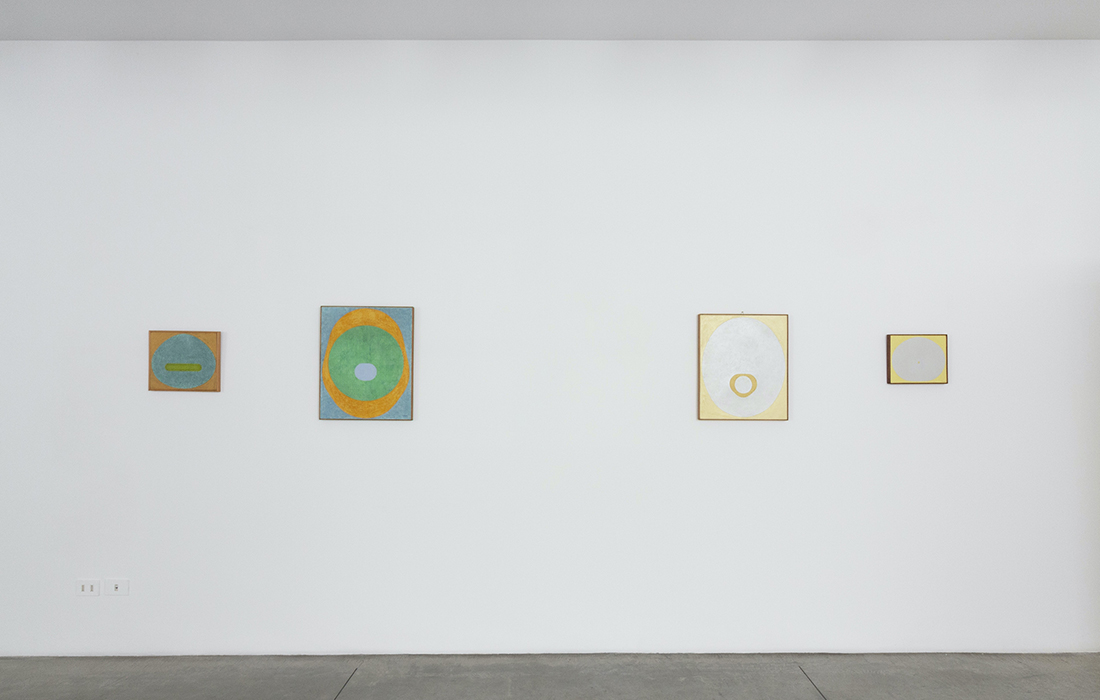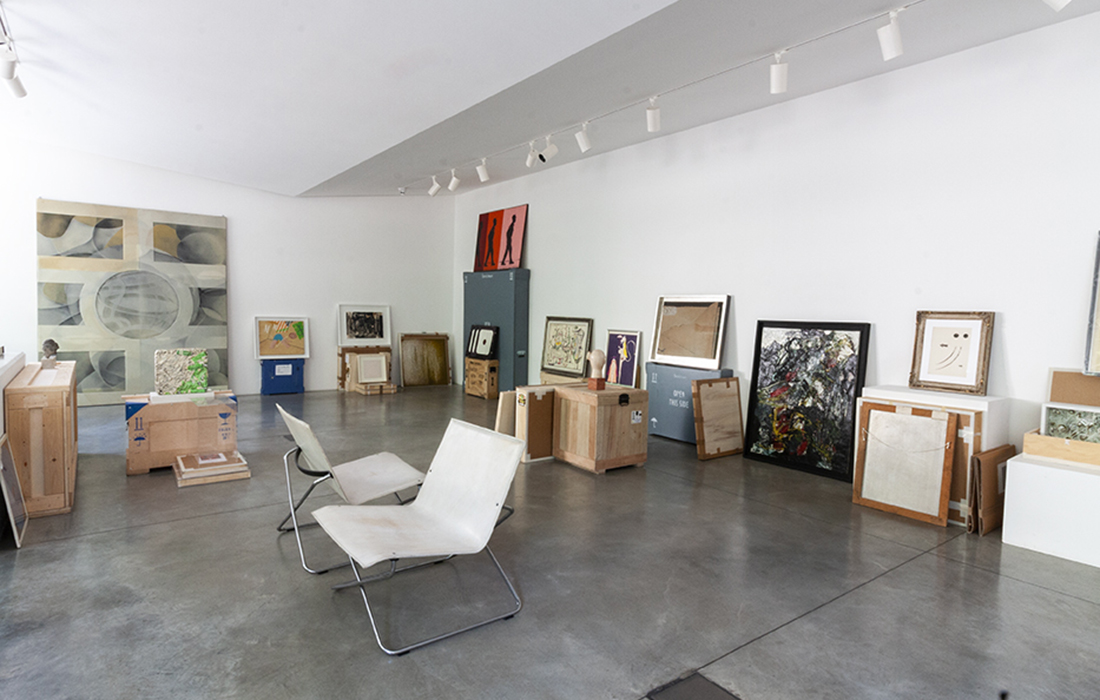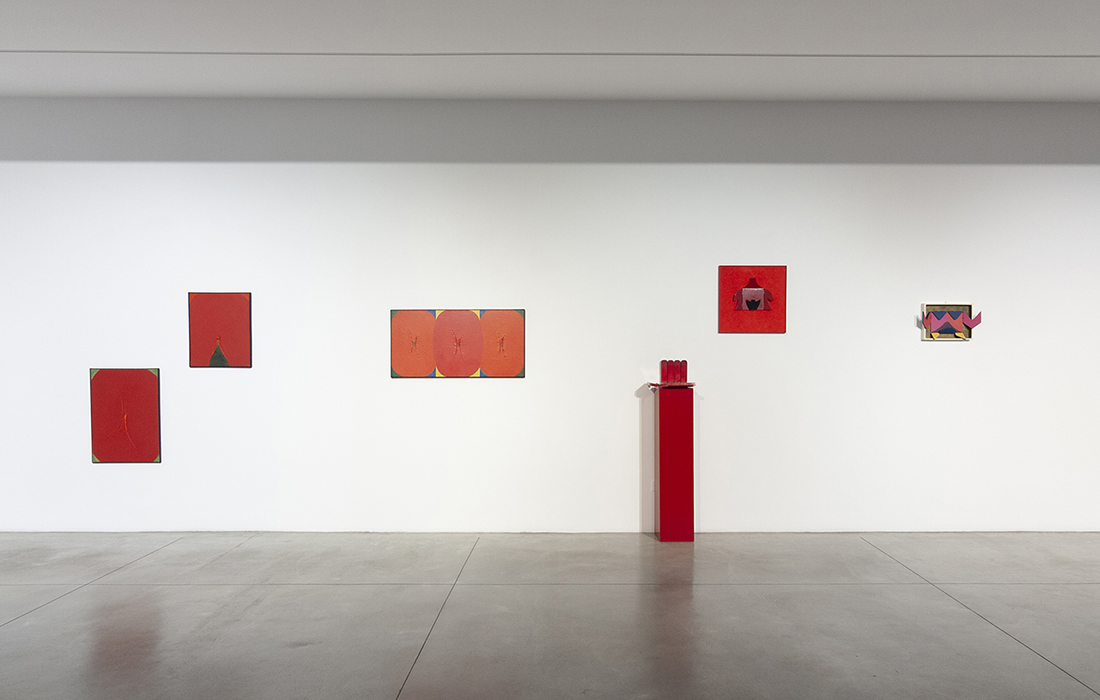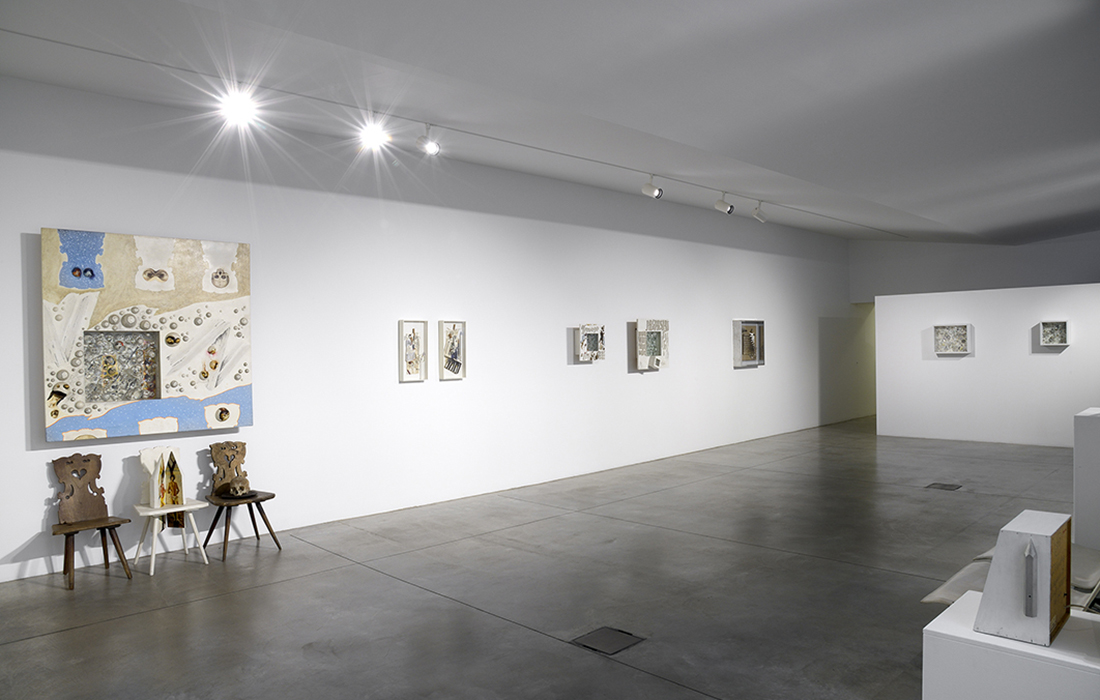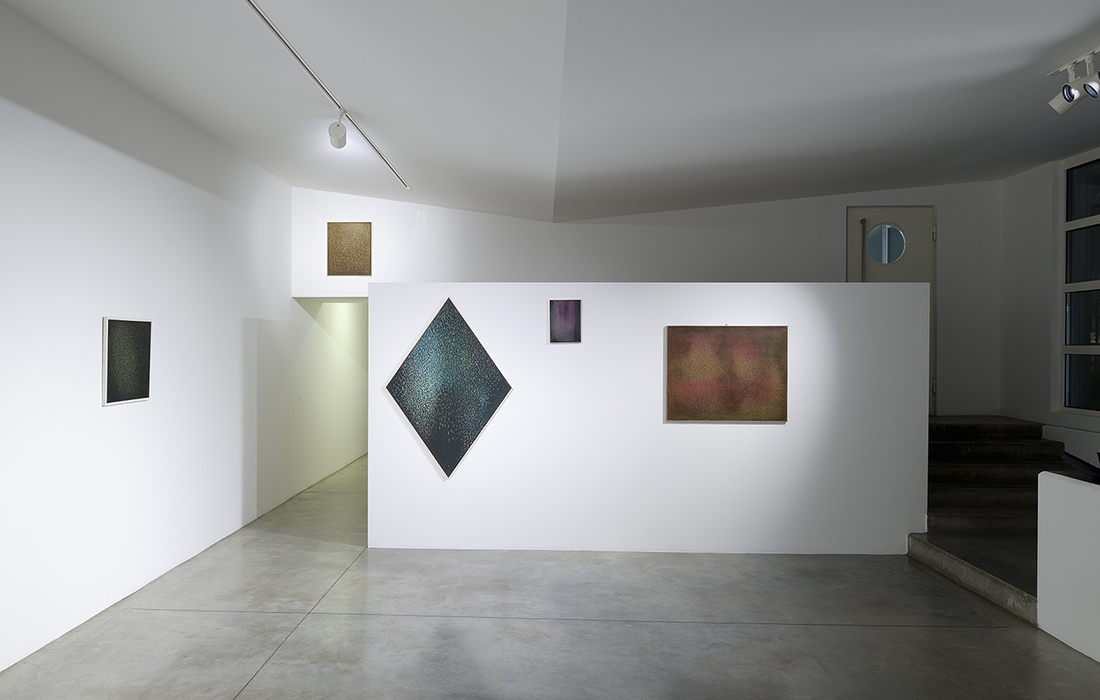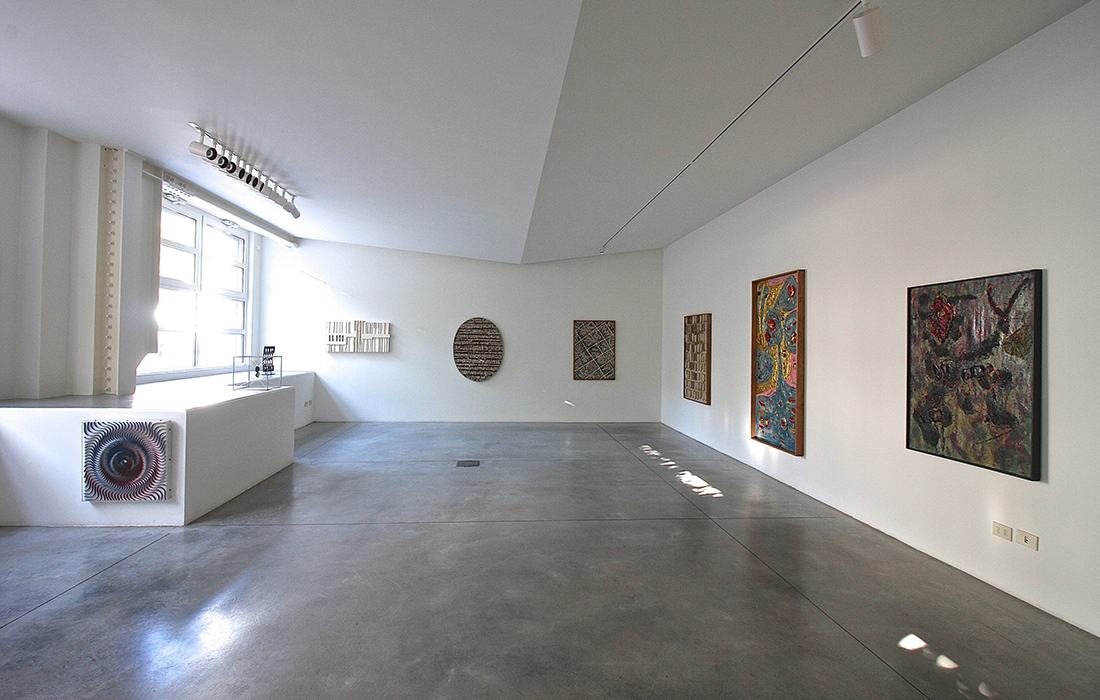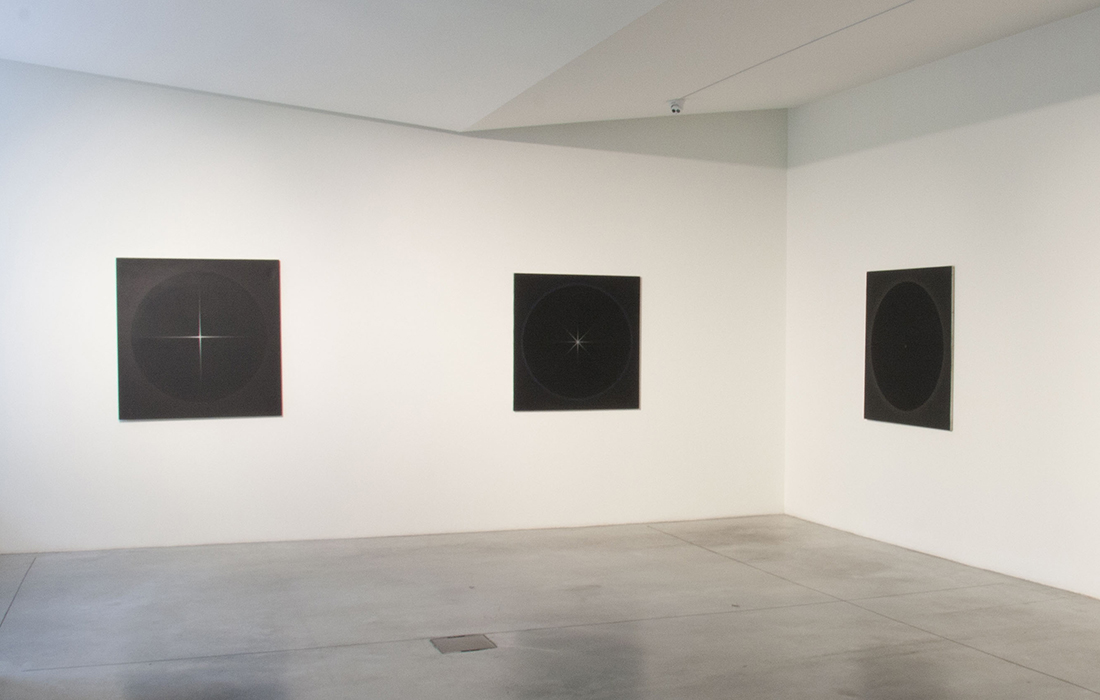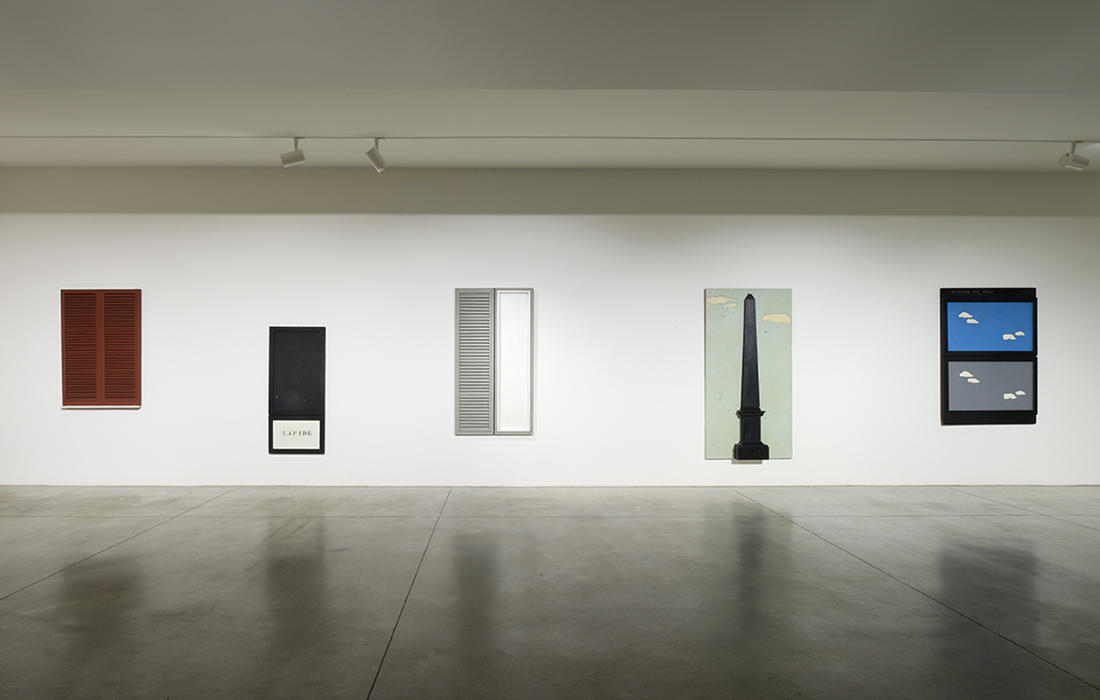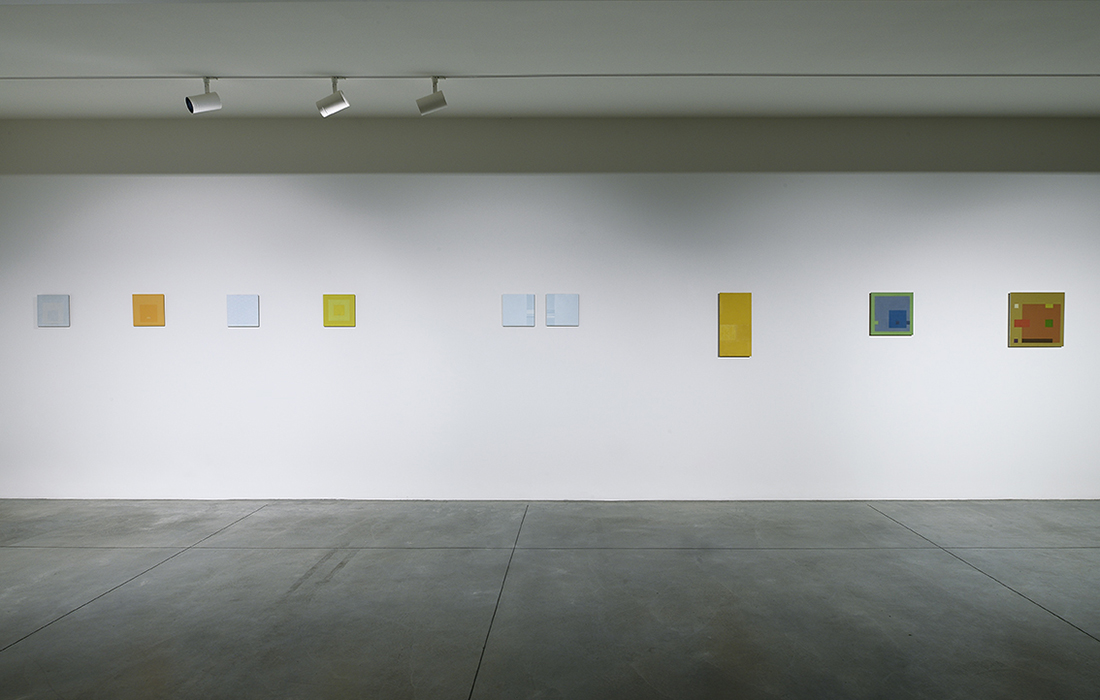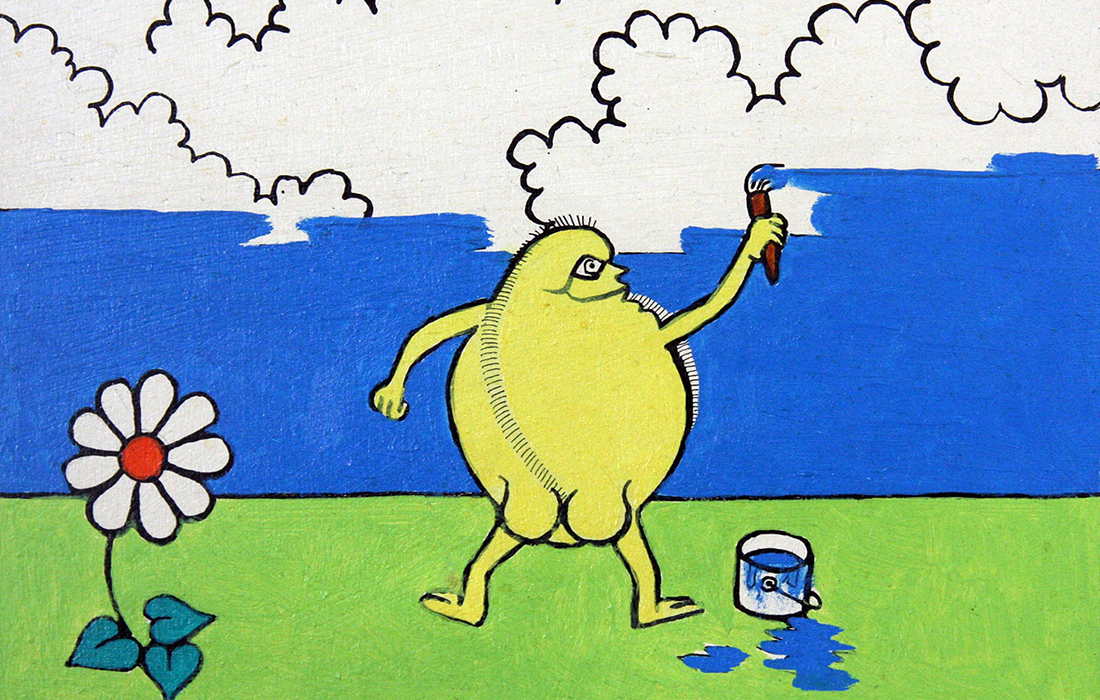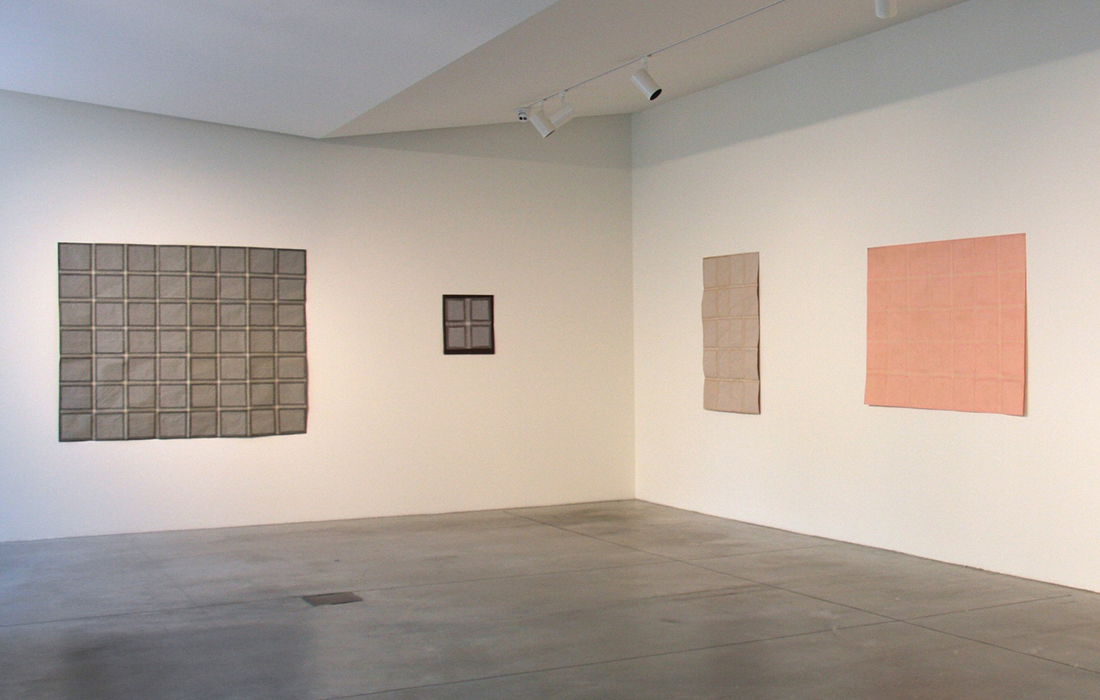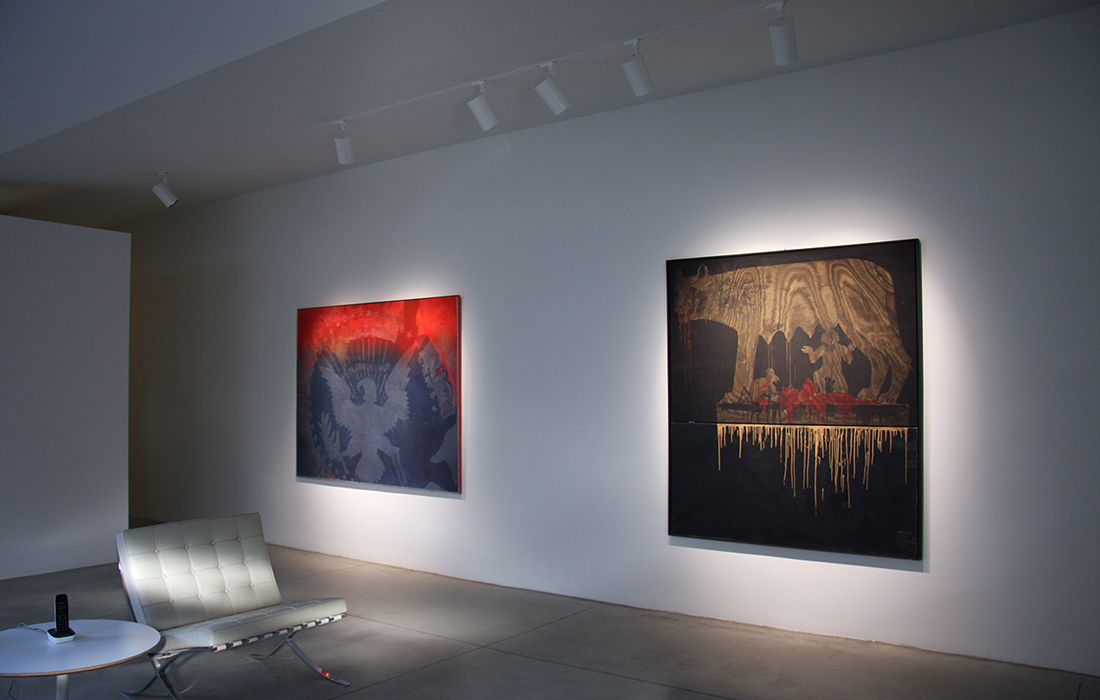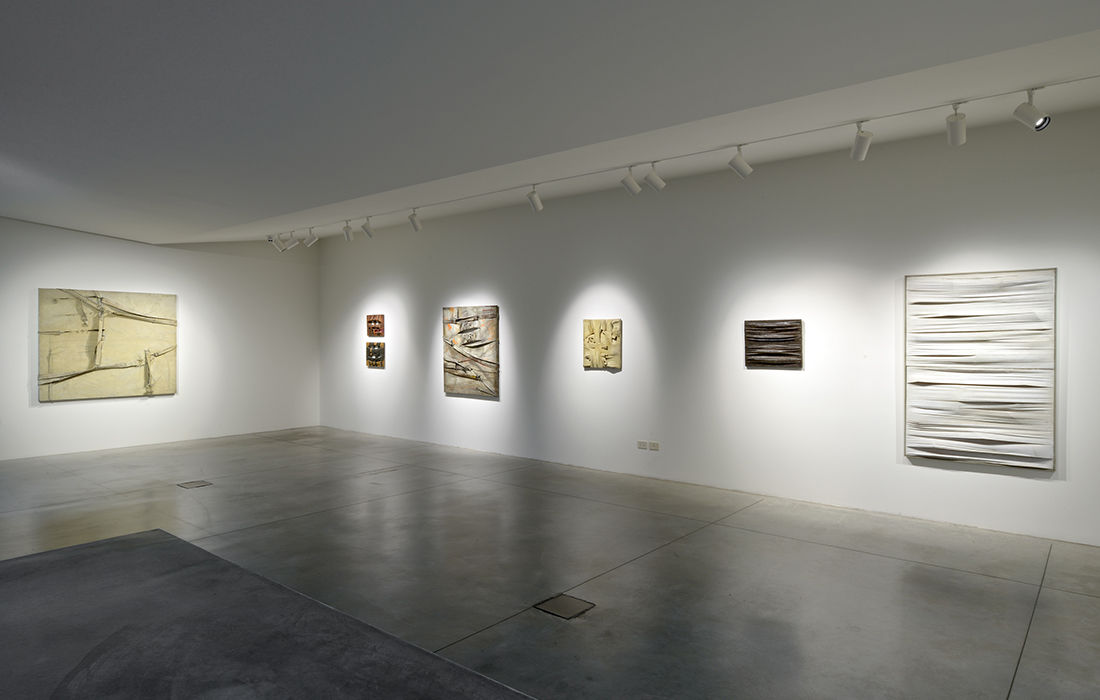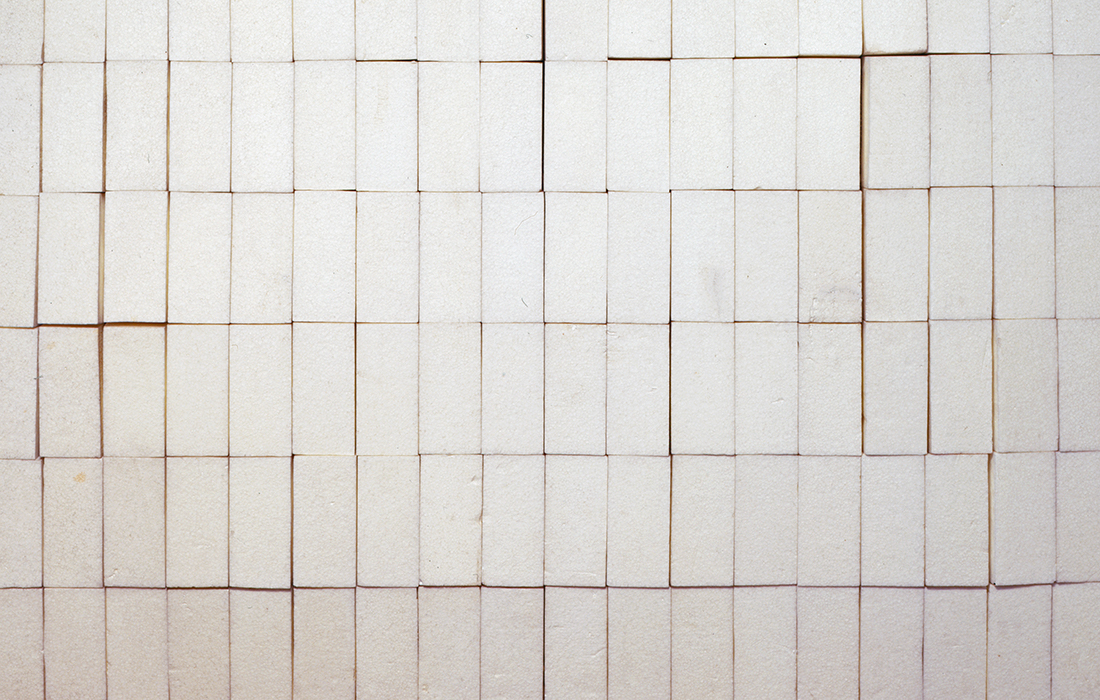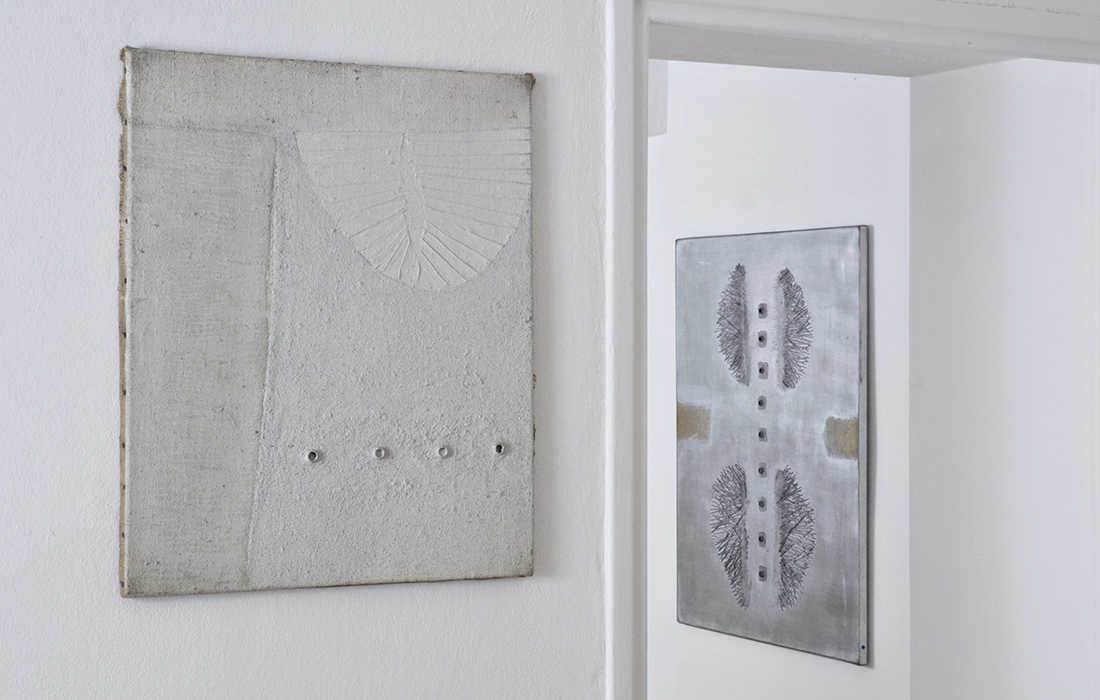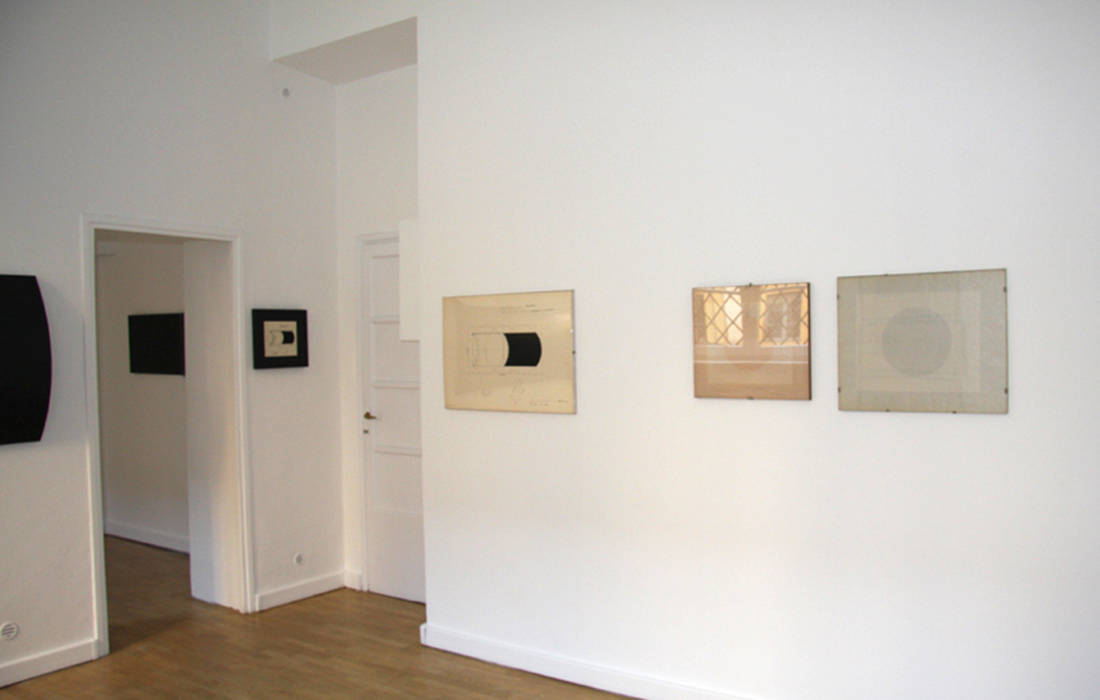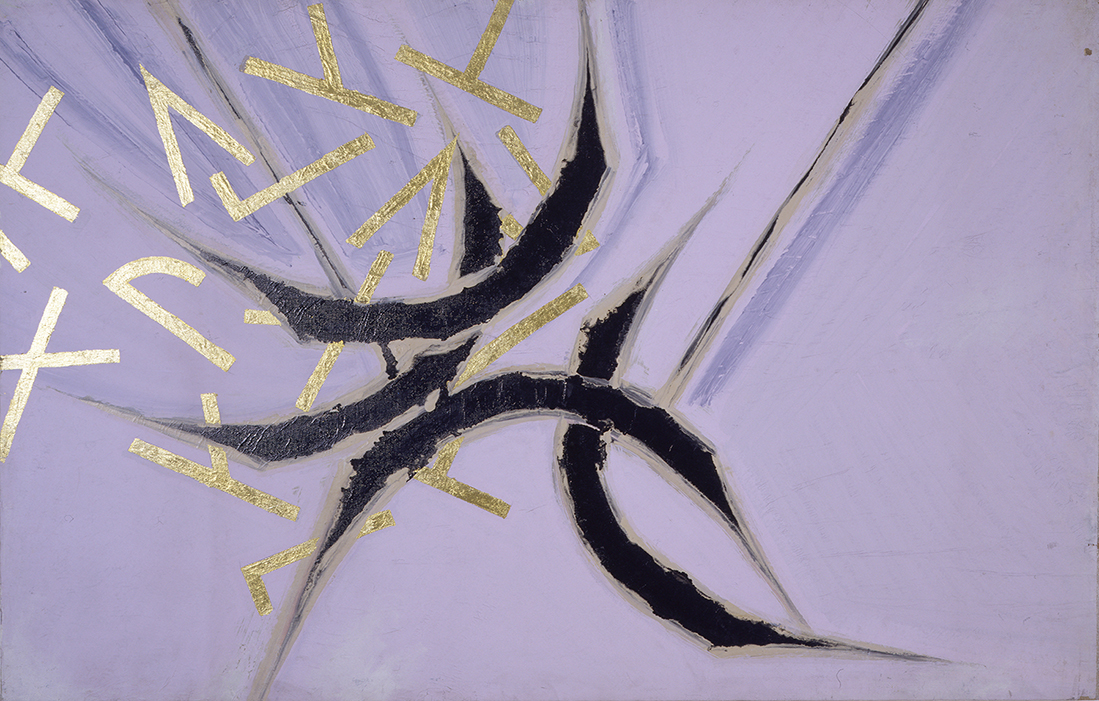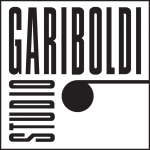AIKO MIYAWAKI
Sculpture 1965-1975
novembre 2024 - gennaio 2025
I FEEL GOOD
maggio - luglio 2024
Limiti di equilibrio
ottobre - dicembre 2024
Space Oddity
marzo - maggio 2022
Nobuya Abe
ottobre - dicembre 2020
Katsumi Nakai
novembre - dicembre 2019
Ray Parker – Simple Paintings
febbraio - marzo 2019
the Greeks
aprile - maggio 2018
Mirko Basaldella
ottobre - dicembre 2017
Mary Bauermeister 1 + 1 = 3
marzo - maggio 2017
Mario Deluigi – Grattage
gennaio - febbraio 2017
Helmut Zimmermann
maggio - giugno 2016
Antonio Calderara
gennaio - febbraio 2016
Key Hiraga
novembre - dicembre 2015
Luciano Bartolini – Kleenex
maggio - giugno 2015
Franco Angeli 1960-1968
febbraio - marzo 2015
Salvatore Scarpitta
novembre - dicembre 2014
Jesús-Rafael Soto
aprile - maggio 2012
Gianni Colombo
ottobre - novembre 2010
Francesco Lo Savio
novembre - dicembre 2008


